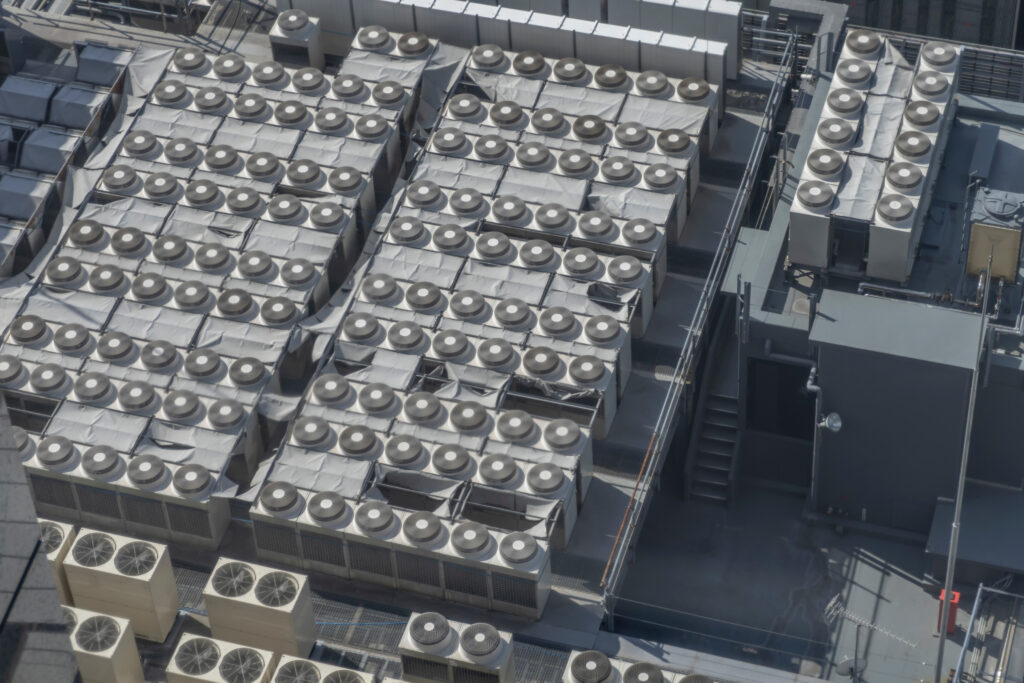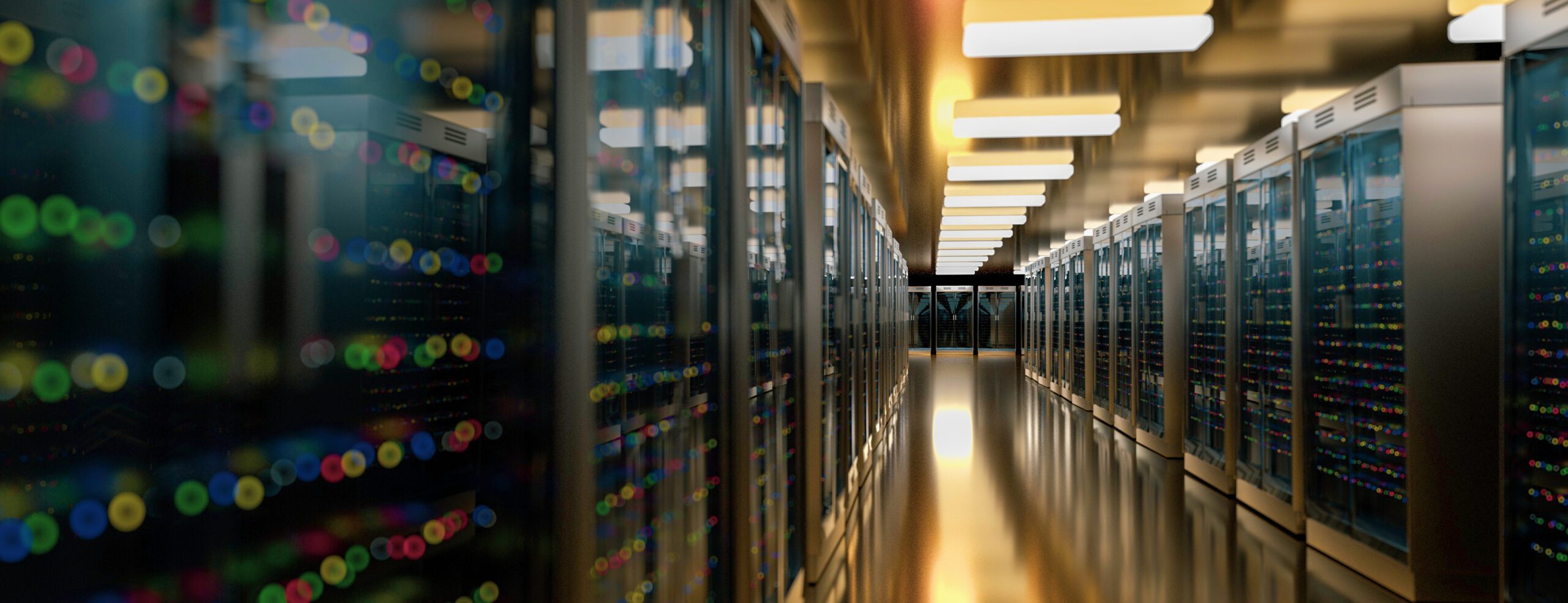This article was originally posted by Data Center POST.
With digital tech becoming interwoven with almost every aspect of modern life, data centers are in high demand across the globe. They are required to keep pace with the more than 1.7 MB of new information created every second for each individual on our planet. Reliable, fast data traffic processing is the foundation of the Fourth Industrial Revolution, our new era of deep analytics and ubiquitous connectivity that is transforming society. The industry’s dramatic growth has also triggered concerns about environmental degradation. Data centers require massive amounts of energy to construct, operate, and cool the always-on equipment. All this energy use translates into an immense carbon footprint.
New Laws and Regulations
New laws that impose stricter regulations are in the works: in the United States, the federal government has proposed legislation that would require large companies to report scope 3 emissions – this reporting would include emissions produced by their global data center partners. In Europe, the European Energy Efficiency Directive (EED) requires organizations processing more than 100kW of Information Technology (IT) to provide reports detailing energy use. Some jurisdictions are even placing moratoriums on new builds to reduce strain on energy grids.
Data Center Sustainability Opportunities
The data center industry has long been self-regulating to stay ahead of external control and lower their own costs and reduce waste. Facilities that add tracking have the potential to significantly reduce their carbon footprint. They’re finding solutions that tie the physical and digital environments in a novel way to pinpoint inefficiencies, add time-saving automation, and keep facilities at peak performance. The physical system that controls a facility’s HVAC will identify energy allocation when it can sense, think and react to changing conditions. The digital aspect includes software solutions that consolidate and continuously analyze information to help the sustainability team collaborate and implement new programs.
Top priorities for those leading the way in data center sustainability include: retrofitting facilities for optimal efficiency, using machine learning to maintain and update equipment, leveraging redirection of waste heat, and leaning on cleaner energy sources. More data center companies are retrofitting older facilities rather than conducting new builds to save time and avoid the heavy cost of construction’s embodied carbon load. Google offers a retrofit project case study detailing how an initial $25,000 investment in airflow and cooling upgrades translated to a benefit of $67,000 a year and reduced PUE from 2.4 to 1.5. This is a remarkable success considering the ideal PUE is 1.0.
Data centers are finding that alternative energy is a reliable and clean source of power. Kao Data in England is one of the first to be powered by 100% renewable sources. EcoDataCenter sites its data centers in areas that have green energy sources, including the Arctic. Its data centers in Sweden were situated close to hydropower plants which provide 100% renewable hydropower electricity. Operators are also exploring the use of nuclear power in the form of Small Modular Reactors (SMRs). Standard Power is adding two dozen SMRs to its data centers in the southeastern U.S., which will provide up to 2 gigawatts of power. Similar to what the U.S. Navy uses to power its submarines and aircraft carriers, these reactors offer lower costs to build and install and have immense power capabilities.
With a combination of renewable energy, sustainable construction/retrofits, and intelligent energy waste management, most data centers can make a plan to work toward carbon neutrality. Cross-functional teams that value innovation, creativity, and a commitment to green practices have enormous potential to upgrade the data center industry’s energy-wise reputation.

About the Authors:
Russ Dailey, Senior Manager, Strategic Accounts, Distech Controls, is a technology-driven professional with expertise in Data Centers, SaaS, Fintech, VAR & Technology. His experience lies in implementing complex systems and solutions for businesses, leveraging emerging technologies to drive growth and transformation.
Patrick Ritchie, Key Account Manager Lead, supports the Atrius software within the Intelligent Spaces Group at Acuity Brands. In this position, he leverages his experience in sustainability and the company’s innovative solutions and technologies to drive sustainable practices and energy efficiency for his clients.



